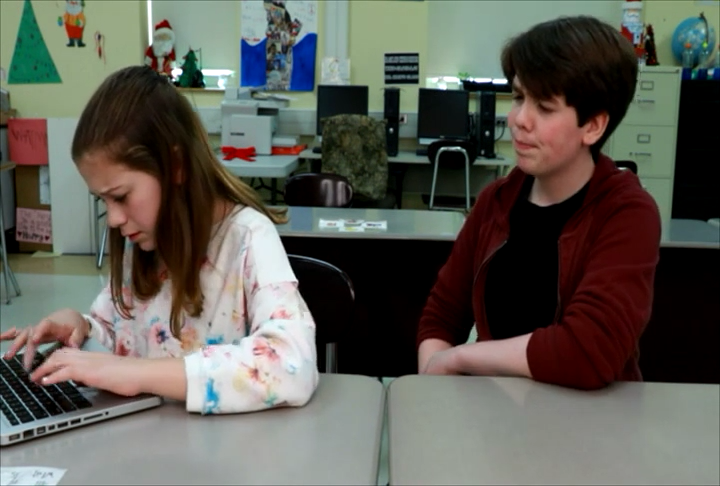
In this blog post, we’ll explore the importance of teaching elementary students to use their eyes to observe and understand what others are thinking and feeling. By helping students develop these skills, we can foster stronger social connections and a more empathetic classroom environment.
Introduction
Observation is a critical skill that enables students to understand the emotions and thoughts of their peers. By paying attention to facial expressions, body language, and the direction of someone’s gaze, children can learn to interpret the feelings and thoughts of others, even when they’re not explicitly stated. This ability to “read” others is an essential component of social-emotional learning and helps students navigate social situations more effectively.
No-Prep Activity
One simple, no-prep activity that can help students practice their observation skills is called “Detective Eyes.” Here’s how it works:
- Ask your students to sit in a circle, facing each other.
- Explain that they will take turns being the “detective” and observing the rest of the group.
- When it’s a student’s turn to be the detective, they should take a moment to observe their classmates, paying attention to facial expressions, body language, and where their eyes are looking.
- The detective should then share their observations with the group, explaining what they think each person might be feeling or thinking based on their observations.
- The rest of the group can then confirm or clarify the detective’s observations, helping the detective refine their skills and understand what they might have missed.
This activity encourages students to practice their observation skills in a fun, interactive way while also promoting open communication and understanding among peers.
Discussion Questions
After completing the “Detective Eyes” activity, consider engaging your students in a discussion using the following questions:
- What did you learn about your classmates during this activity? Were there any surprises?
- How did it feel to have someone share their observations about you? Did it help you understand how others might perceive you?
- Why is it important to observe and understand the feelings and thoughts of others? How can it help us in our daily interactions?
- What other situations might require you to use your observation skills to understand someone else’s feelings or thoughts?
- How can we continue to practice and improve our observation skills both in and out of the classroom?
Related Skills
There are several other skills that complement the ability to observe and understand others, including:
- Active listening: Paying close attention to what others are saying and asking questions to clarify understanding.
- Empathy: Putting oneself in another person’s shoes and imagining how they might feel in a particular situation.
- Nonverbal communication: Using body language, facial expressions, and gestures to convey emotions and thoughts without speaking.
- Conflict resolution: Addressing disagreements and misunderstandings in a respectful and constructive manner.
Next Steps
Now that you’ve learned about the importance of teaching students to observe and understand others, we invite you to sign up for free samples of related social-emotional learning materials. These resources can help you further support your students in developing essential social skills for success in and out of the classroom.

